50mm Telescope What Can I See ?
With a 50mm telescope, you can see the Moon, planets such as Jupiter and Saturn, and some brighter deep-sky objects such as star clusters and nebulae. However, the level of detail and clarity of these objects will be limited compared to larger telescopes.
1、 Moon
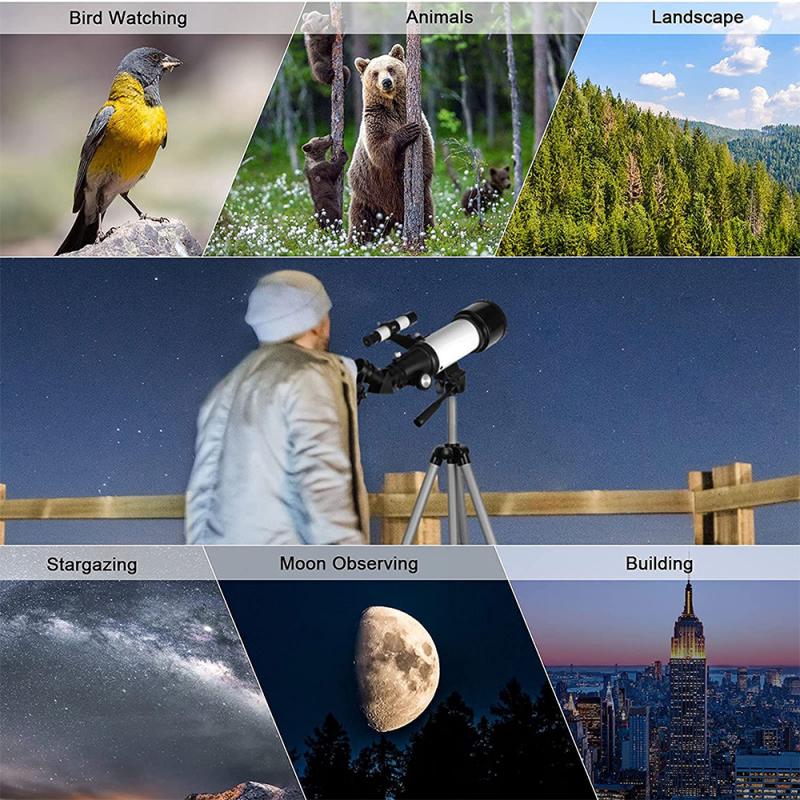
With a 50mm telescope, you can see a variety of celestial objects, including the Moon. The Moon is one of the easiest and most fascinating objects to observe with a telescope. With a 50mm telescope, you can see the Moon's craters, mountains, and valleys in great detail. You can also observe the different phases of the Moon as it orbits around the Earth.
The Moon is a rocky, airless world that is about one-quarter the size of Earth. It is the fifth-largest moon in the solar system and is the largest relative to its host planet. The Moon's surface is covered with craters, mountains, and valleys, which were formed by meteorite impacts and volcanic activity.
When observing the Moon with a 50mm telescope, you can see the dark, flat areas known as maria, which are ancient lava flows. You can also see the bright, rugged highlands, which are the oldest parts of the Moon's surface. The craters on the Moon are also fascinating to observe, and you can see the shadows they cast on the lunar surface.
In recent years, there have been several exciting developments in lunar exploration. NASA's Lunar Reconnaissance Orbiter has been mapping the Moon's surface in great detail, and there are plans to send humans back to the Moon in the coming years. With a 50mm telescope, you can observe the Moon and appreciate its beauty and complexity, while also staying up-to-date on the latest developments in lunar science and exploration.
2、 Planets

With a 50mm telescope, you can see several planets in our solar system. The most prominent ones are Jupiter and Saturn, which are easily visible with their distinct rings and moons. You can also observe Mars, Venus, and Mercury, although they may appear as small dots due to their distance from Earth.
Jupiter is the largest planet in our solar system and is known for its colorful bands and swirling storms, including the famous Great Red Spot. With a 50mm telescope, you can see some of Jupiter's four largest moons, which are visible as small points of light orbiting around the planet.
Saturn is another gas giant with a prominent ring system that is visible even with a small telescope. You can also see some of Saturn's moons, including Titan, which is the largest moon in our solar system.
Mars is known for its reddish color and is often referred to as the "Red Planet." With a 50mm telescope, you can see some of its surface features, including its polar ice caps and dark patches known as "maria."
Venus and Mercury are both inner planets and are often visible near the horizon just after sunset or before sunrise. Venus is known for its bright appearance and is often referred to as the "Morning Star" or "Evening Star." Mercury is much smaller and harder to spot, but it can be seen as a small dot near the horizon.
It's important to note that the quality of your telescope and the conditions of the sky can greatly affect what you can see. Additionally, the positions of the planets in our solar system change over time, so it's always a good idea to check for the latest updates on their visibility.
3、 Stars
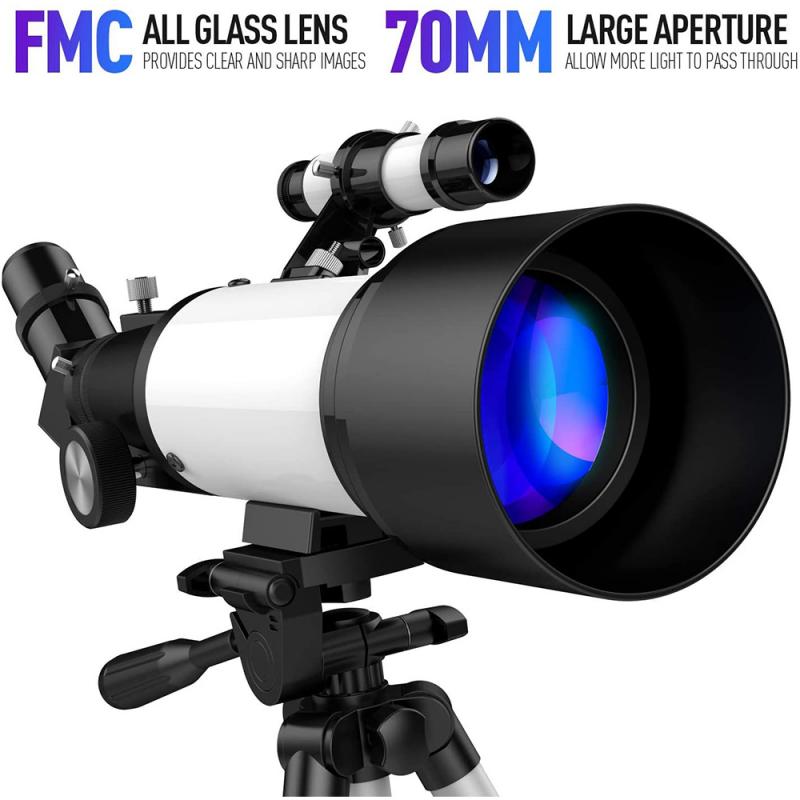
With a 50mm telescope, you can see a variety of celestial objects, including stars. However, the level of detail and clarity you can observe will depend on several factors, such as the quality of the telescope, the viewing conditions, and your experience as an observer.
When observing stars with a 50mm telescope, you can expect to see a range of brightness and colors. Some stars may appear as small points of light, while others may appear larger and more diffuse. You may also be able to see some of the brighter constellations, such as Orion or the Big Dipper.
However, it's important to note that a 50mm telescope may not be powerful enough to see some of the fainter or more distant stars. Additionally, light pollution in urban areas can make it more difficult to observe stars and other celestial objects.
Despite these limitations, observing stars with a 50mm telescope can still be a rewarding experience. With practice and patience, you can learn to identify different stars and constellations and appreciate the beauty of the night sky. And with advances in technology and telescope design, even more impressive views of the stars may be possible in the future.
4、 Nebulae
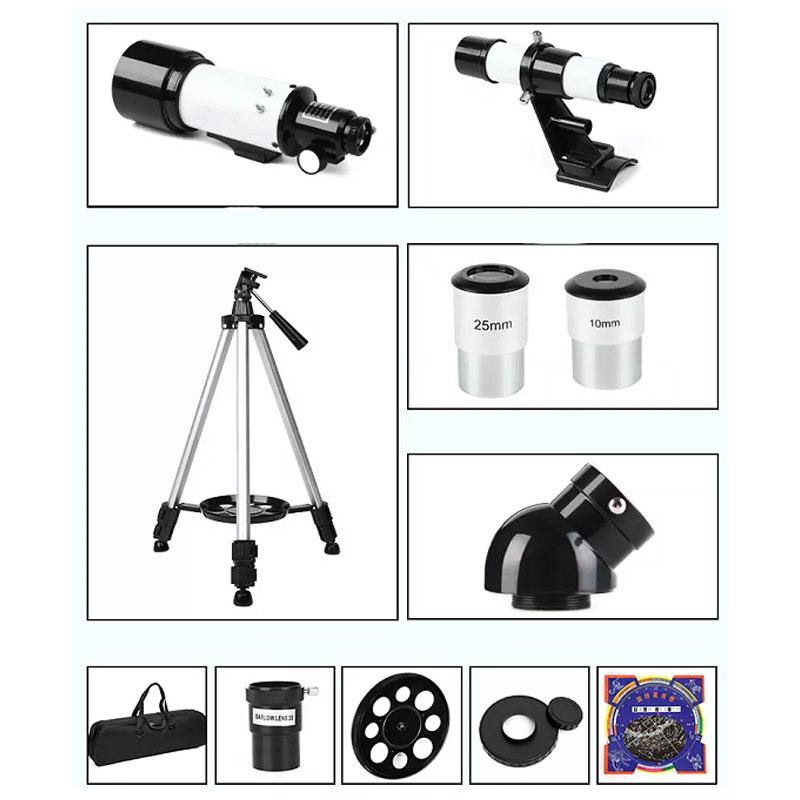
With a 50mm telescope, you can see a variety of celestial objects, including planets, stars, and even some deep-sky objects like nebulae. Nebulae are clouds of gas and dust in space, and they come in a variety of shapes and sizes.
One of the most famous nebulae is the Orion Nebula, which is visible to the naked eye as a fuzzy patch in the constellation Orion. With a 50mm telescope, you can see much more detail in the nebula, including the bright central region and the fainter outer regions. You may also be able to see some of the stars that are forming within the nebula.
Another popular target for small telescopes is the Ring Nebula, which is a planetary nebula located in the constellation Lyra. This nebula is shaped like a donut and is relatively small, but it is still visible with a 50mm telescope. You may be able to see the central star that is responsible for creating the nebula.
Other nebulae that are visible with a 50mm telescope include the Dumbbell Nebula, the Lagoon Nebula, and the Trifid Nebula. Each of these objects has its own unique shape and features, and they are all worth exploring with a small telescope.
It's worth noting that the quality of your telescope and the conditions of the sky will affect what you can see. Light pollution and atmospheric conditions can make it more difficult to see faint objects like nebulae. However, with a little patience and some clear skies, you can explore the wonders of the universe with a 50mm telescope.








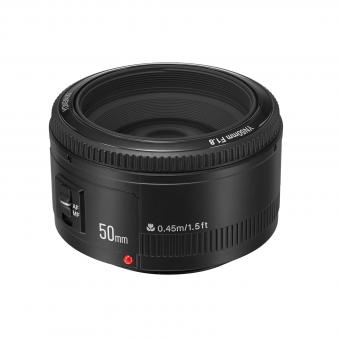

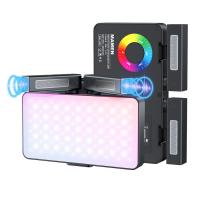
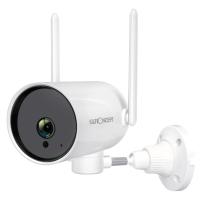


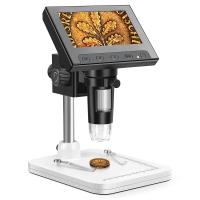


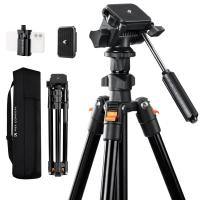


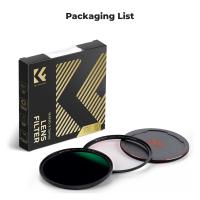
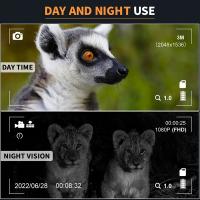

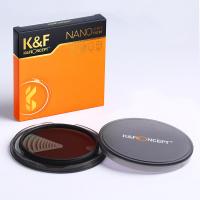

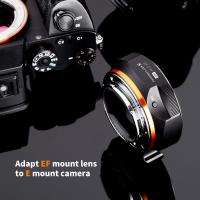

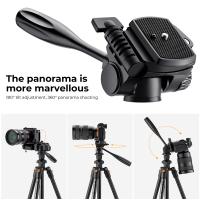
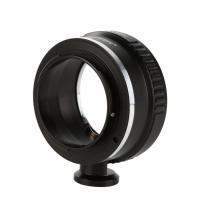
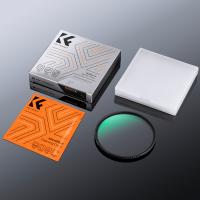
There are no comments for this blog.